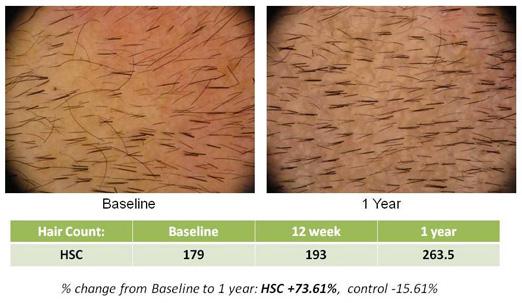@ivy
I apologize, I assumed based on the statement (You know what they say about assuming hahah). Thank you for the additions, I'll look into them some more.
You could still chew on the diet, its not elemental in the literal sense. Its elemental in that the only foods that would be reaching the colon would be dairy products. The animal products on the diet require chewing unless you want to make a liver milk shake hahah. Its also not low carb, if you see from what I posted I am following the diet myself and eating around 500g of sugar a day. I think raw milk has unique benefits, as does raw grain cultured kefir.
I apologize, I assumed based on the statement (You know what they say about assuming hahah). Thank you for the additions, I'll look into them some more.
You could still chew on the diet, its not elemental in the literal sense. Its elemental in that the only foods that would be reaching the colon would be dairy products. The animal products on the diet require chewing unless you want to make a liver milk shake hahah. Its also not low carb, if you see from what I posted I am following the diet myself and eating around 500g of sugar a day. I think raw milk has unique benefits, as does raw grain cultured kefir.


